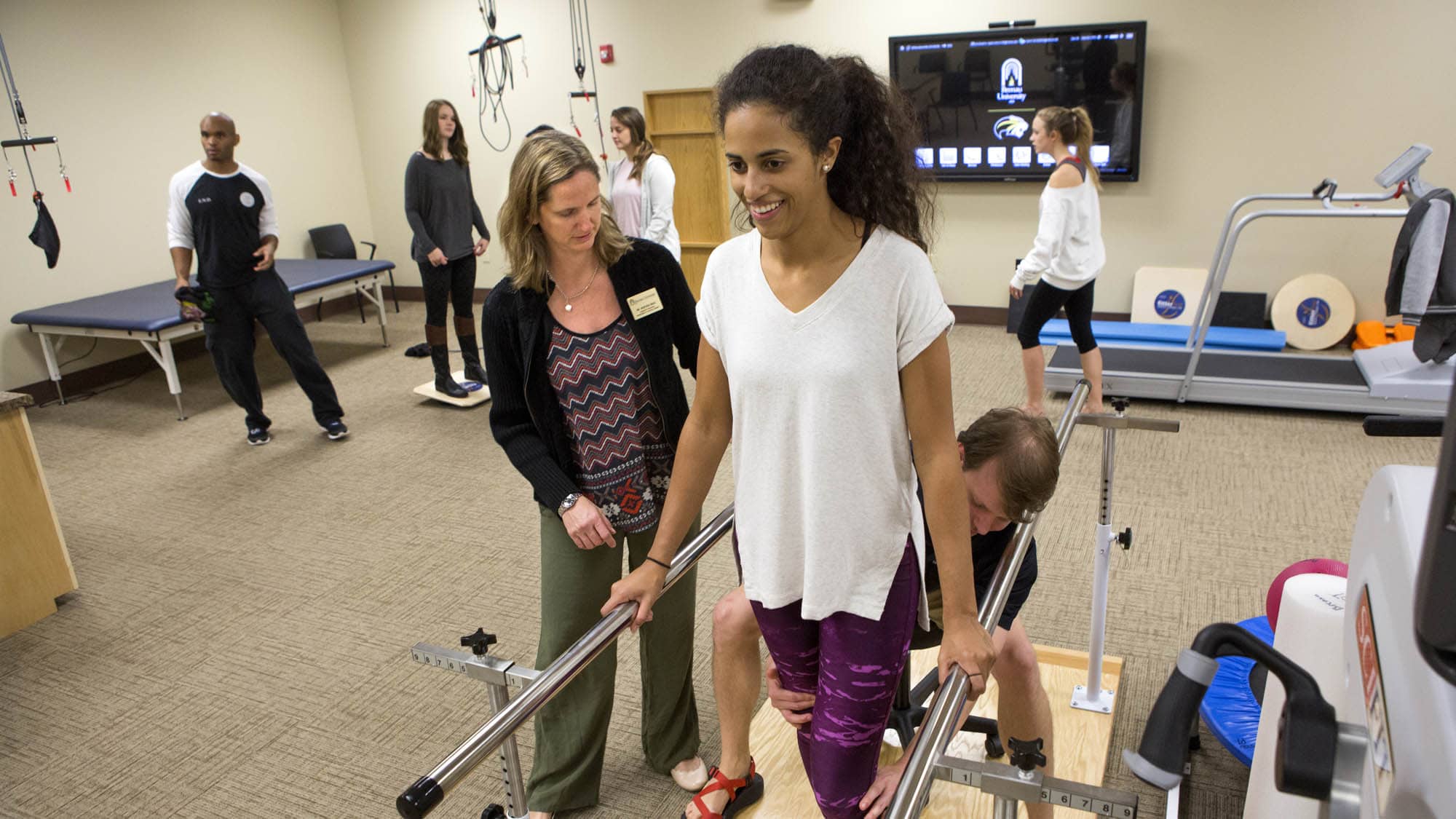Persistent pulmonary conditions, including bronchial asthma and persistent obstructive respiratory illness (COPD), impact millions of people worldwide. These disorders can make it challenging for patients to breathe, leading to a reduction in movement and overall quality of life. However, evidence has shown that participating in regular exercise can significantly alleviate manifestations of these conditions. Physical activity helps strengthen the pulmonary muscles, optimize lung function, and boost overall stamina. By incorporating movement into their everyday schedules, individuals with chronic breathing conditions can enjoy better health and enhanced well-being.

One approach that movement helps those with chronic breathing conditions is by strengthening lung function. When individuals participate in exercise, their lungs increase activity to deliver oxygen to the system. This can promote greater lung capacity and functionality over time. Exercises such as walking, aquatic exercise, or cycling can be especially beneficial. They help individuals to incrementally build their physical capacity without straining their physiologies. As a consequence, patients may discover they can carry out daily activities with greater ease and encounter fewer episodes of dyspnea.
Moreover|Additionally|Furthermore, physical activity can have favorable effects on emotional health as well. Chronic pulmonary diseases discover here often are associated with experiences of nervousness and despondency due to continuous conditions. Routine physical activity stimulates the production of brain chemicals, which are chemicals in the cerebrum that help boost mood and decrease stress. Engaging in social exercise sessions or courses can also deliver social support and lessen feelings of loneliness. This social connection can encourage people to stay active while also improving their psychological wellness.
In addition to physical and psychological health gains, physical activity can promote better control of effects associated with chronic pulmonary disorders. For instance|For example|Specifically, individuals who engage in routine physical activity may have fewer exacerbations and diminished severity of manifestations like coughing and wheezing. It is essential for those with these disorders to consult medical providers before initiating an exercise program. A doctor or physiotherapist can support them in choosing suitable activities that fit their personal capabilities and limitations.
Finally|In conclusion|Ultimately, including exercise into regular schedules does not have to be overwhelming or daunting. Small modifications, such as using stairs instead of the mechanical lift, going for a walk during break times, or joining yoga programs, can make a significant difference over go to the website time. Setting achievable targets and incrementally building activity levels can help patients to maintain commitment and reach long-lasting results. With dedication and the right guidance, patients with long-term breathing disorders can harness the potential of movement to alleviate their symptoms and enhance their quality of life.